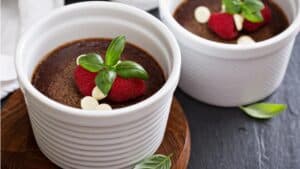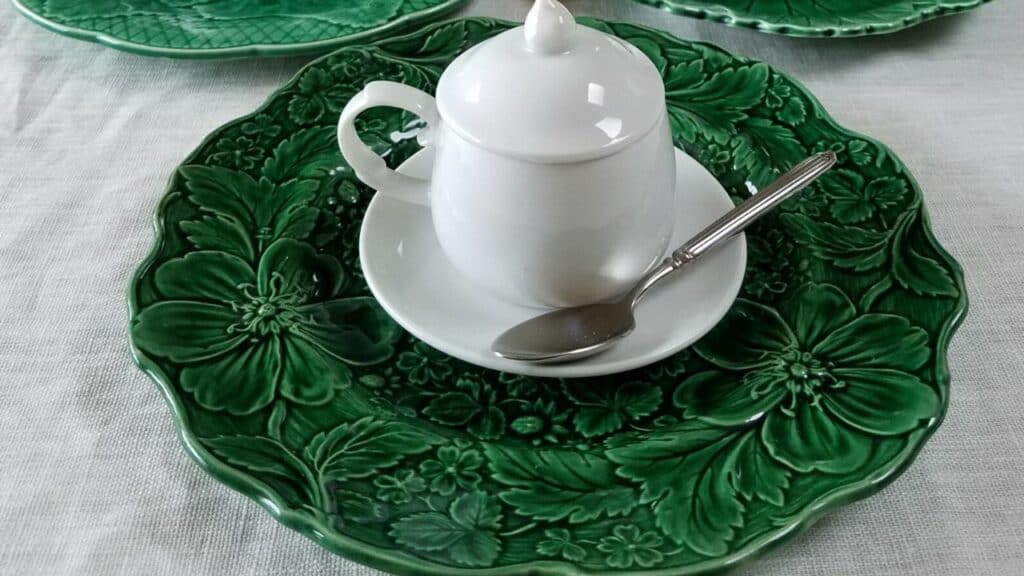Luann de Lesseps’ Pink and Grey Camo Sweater
Luann de Lesseps’ Pink and Grey Camo Sweater in The Berkshires
Real Housewives of New York Season 12 Episode 14 Fashion
Luann de Lesseps’ pink and grey camo sweater that she wore in the Berserk-AF-shires on last night’s episode of RHONY was a great follow up to the super cute lip print sweater we saw her wearing last week (they’re even by the same brand). However I think it’s safe to say that she totally wore them at the wrong times, considering this one would have been perfect for going into battle and the other to kiss and make up in 0.2 seconds.
Fashionably,
Faryn
Click Here to Shop Her Brodie Cashmere Sweater
Originally posted at: Luann de Lesseps’ Pink and Grey Camo Sweater
Read More









